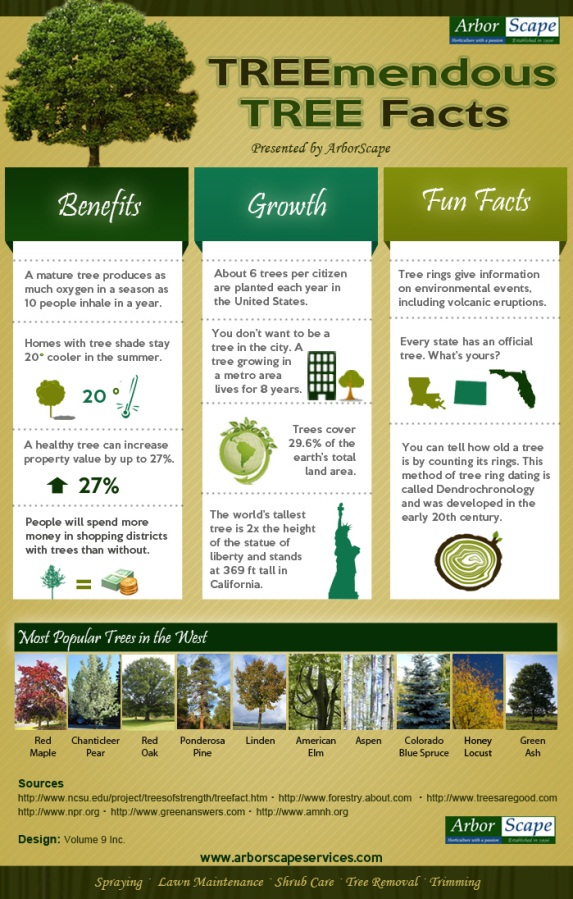The Consequences Of Removing Trees On The Environment: What You Required To Recognize
The Consequences Of Removing Trees On The Environment: What You Required To Recognize
Blog Article
Staff Writer-Oliver Lyon
When it pertains to the environmental impact of tree removal, there are vital facets that demand your focus. From the intricate web of partnerships within environments to the subsequent effects on climate patterns, the repercussions are extensive. You might be surprised to uncover the detailed methods which the elimination of trees can resound throughout the environment. Remain tuned to unwind the intricate links and implications of this apparently simple act.
Deforestation and Environment Loss
Logging and habitat loss are crucial concerns originating from tree removal. When trees are reduced, it interrupts entire ecological communities. Not only are the trees themselves lost, however the homes and food resources of numerous plant and pet species are damaged too. Birds shed their nesting sites, animals lose their shelter, and pests shed their habitats. The impacts ripple with the food chain, impacting killers and prey alike.
In addition, logging adds to environment modification. tree maintenance services play a vital role in absorbing co2, a greenhouse gas that catches warm in the atmosphere. With hedgerow maintenance , there's much less co2 absorption, resulting in increased degrees of this gas in the environment and intensifying worldwide warming.
Habitat loss is a straight result of logging, as the damage of woodlands means the loss of special and varied environments. Several species are not able to adjust to quick adjustments in their atmosphere, resulting in populace declines and, in some cases, termination.
Safeguarding woodlands is essential to maintaining the fragile equilibrium of nature and making certain the survival of countless plant and animal varieties.
Impact on Biodiversity
The elimination of trees has a substantial influence on biodiversity, influencing the range and abundance of plant and pet types in a location. Trees supply environment and food resources for numerous microorganisms, from bugs to birds to animals. When trees are removed, these types lose their homes and resources of sustenance, causing a decrease in their populations. This disruption can have plunging results on the whole environment.
Furthermore, trees play an essential role in keeping biodiversity by developing microhabitats within their covers, trunks, and roots that sustain a wide variety of varieties. When trees are lowered, these specialized environments are destroyed, reducing the overall variety of the location.
Additionally, the elimination of trees can lead to a decline in genetic diversity within plant populaces, as certain tree species may no longer have the ability to duplicate or distribute effectively. Safeguarding trees and woodlands is important for preserving biodiversity and making sure the wellness of ecological communities for future generations.
Soil Erosion and Environment Adjustment
With trees being removed from a location, the disruption of soil framework and security happens, causing increased dirt disintegration. Trees play a crucial duty in preventing erosion by holding soil in position with their origin systems. When trees are eliminated, especially in large numbers, the soil becomes more vulnerable to erosion from wind and water. This disintegration not only influences the immediate surroundings but can additionally bring about sedimentation in nearby water bodies, influencing water top quality and aquatic ecological communities.
Moreover, trees aid manage the climate by taking in co2 throughout photosynthesis. When trees are reduced, this natural carbon sink is decreased, contributing to enhanced levels of greenhouse gases in the atmosphere. This can aggravate environment modification, bring about more extreme climate events and disturbances in ecological communities worldwide.
Consequently, the removal of trees not only increases soil erosion but additionally contributes in the bigger ecological issue of environment modification. It's critical to take into consideration these variables when analyzing the impacts of tree removal on the setting.
Conclusion
Now that you understand the environmental impact of tree removal, consider the effects prior to lowering trees. Logging disrupts communities, lowers biodiversity, and adds to dirt disintegration and climate adjustment. By being mindful of the influence of tree elimination, you can aid safeguard our environment and maintain the delicate balance of nature. Make notified choices and take into consideration alternate services to minimize the unfavorable results on our world.
